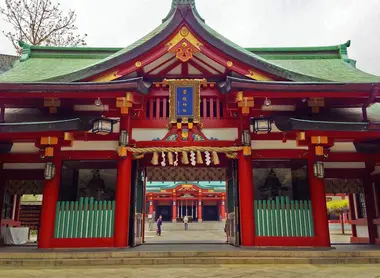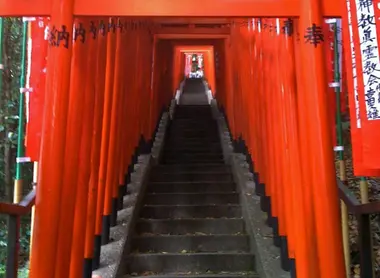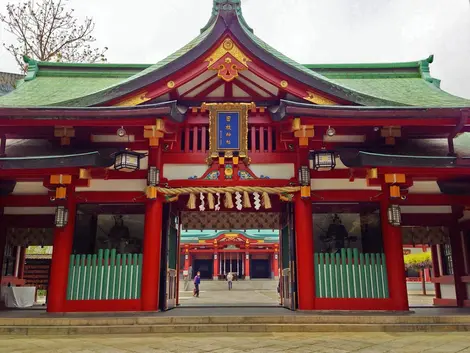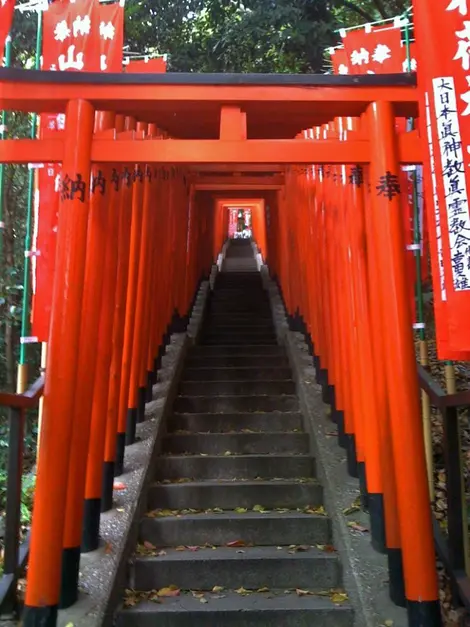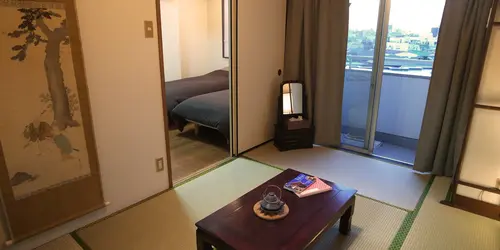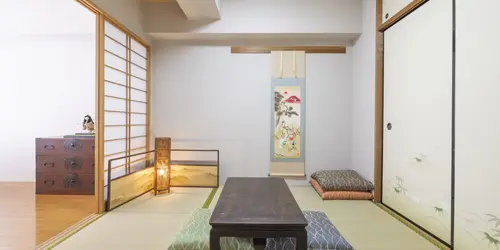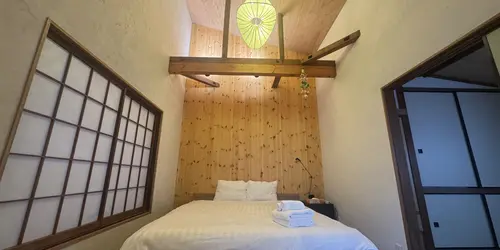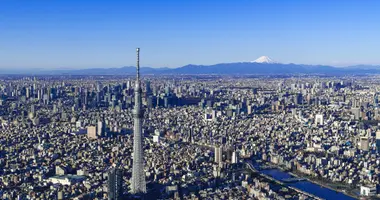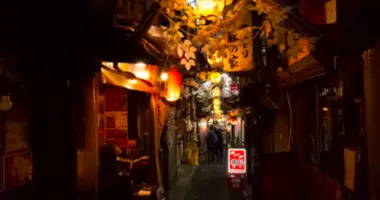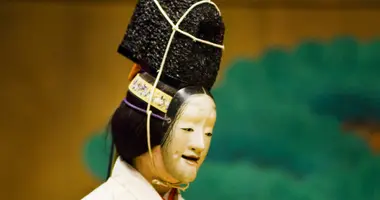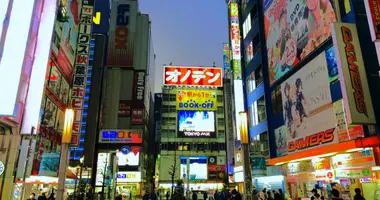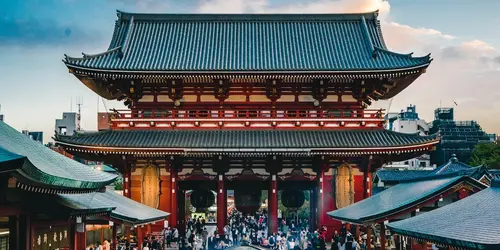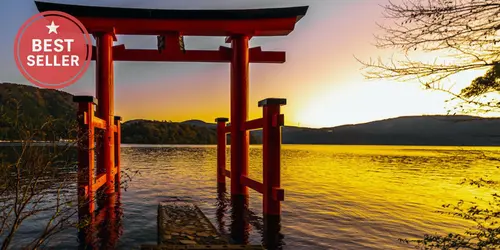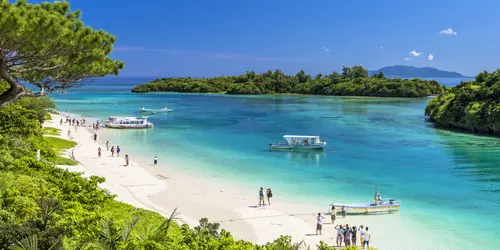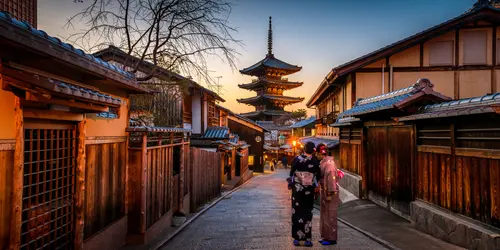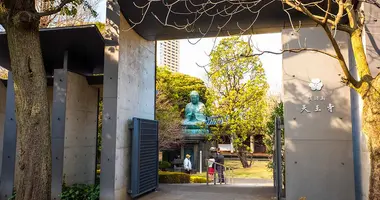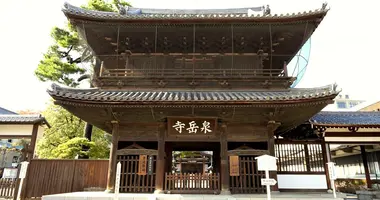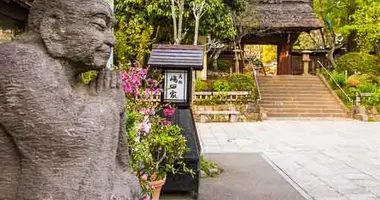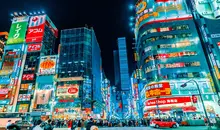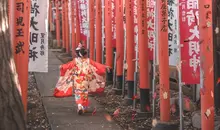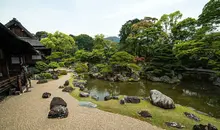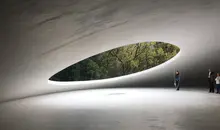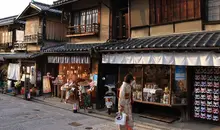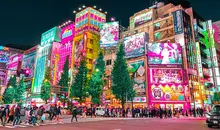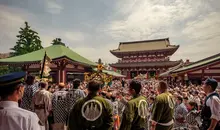Hie-Jinja Shrine
- Veröffentlicht am : 05/02/2015
- Von : M.M.
- Youtube
Au cœur de Tokyo, niché entre les gratte-ciels d'Akasaka, le sanctuaire Hie-Jinja se dresse comme un havre de paix et de spiritualité. Ce lieu sacré, dédié à Oyamakui-no-kami, le gardien de la montagne, offre un contraste saisissant avec l'effervescence de la capitale japonaise. Avec son histoire remontant à l'époque de Kamakura, le Hie-Jinja a joué un rôle crucial dans la protection spirituelle de Tokyo. Reconnu pour son architecture unique, ses rituels séculaires et son célèbre festival Sanno Matsuri, ce sanctuaire attire aussi bien les fidèles que les touristes curieux de découvrir un pan de la culture shintô japonaise.
Two statues representing monkeys welcome visitors. The mother tenderly cradling her child is a symbol of the site, deemed to promote fertility and prevent miscarriage. At around noon many dark suits take over the place. Employees of surrounding businesses come to eat lunch here on sunny days and relax before returning to their offices.
The shrine is dedicated to Oyamakui-no-kami, the guardian of Mount Hiei near Kyoto, in Shinto. Erected in 1478 to guard Edo Castle, the former name of Tokyo, shogun Tokugawa Ieyasu (1543-1616) used Hie-Jinja to protect the city when he made it the new capital of the country. Reduced to ashes by a fire in 1657 that devastated Tokyo and then by the American bombing of 1945, the current buildings date to 1958.
It is a real place of prayer, away from the fury of the city. Even if the architecture is not the most spectacular in Japan, the authentic atmosphere of meditation that prevails is in fact a powerful experience. Go on a sunny day. The torii (Shinto red gates) become incandescent. Enjoy immersion in the scarlet gallery before returning to the dark asphalt of the city.
